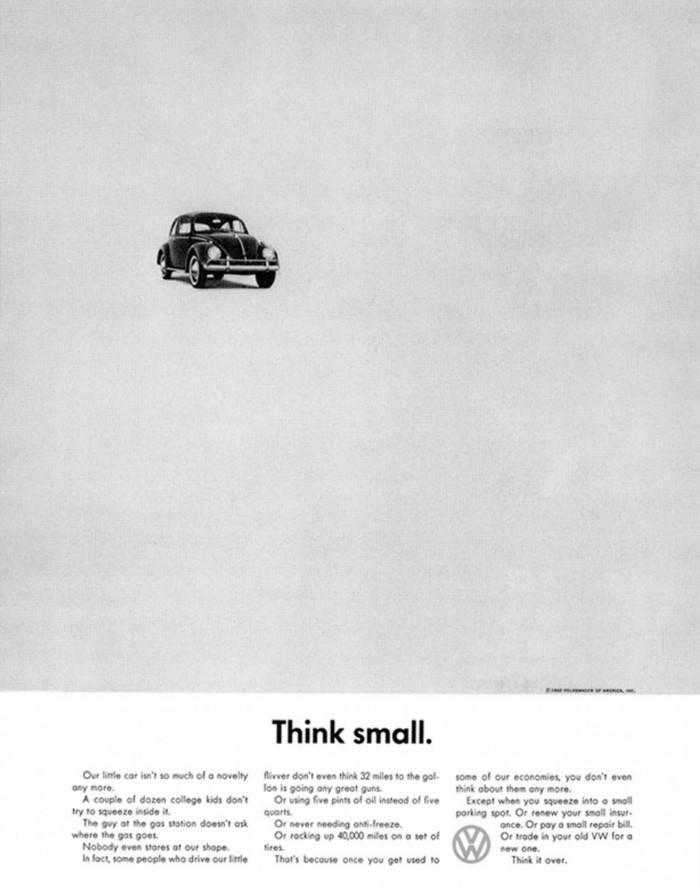
Facebook and Instagram may have taken over the virtual world as the hip place to hang out years ago, but they can’t quite make up for face-to-face interaction. Oh wait…
Unsurprisingly, Facebook has conquered the virtual video territory—and they’re doing it well. They have a growing list of video features from Facebook Watch, IGTV, Facebook Live, Instagram Live, auto-play videos, editing apps, and more.
Recently Facebook even started testing a streaming service—it’ll be like Netflix, Hulu, Amazon Prime, and Disney.
Just look at this timeline of Facebook’s life on Wikipedia and you’ll see dozens of video product launches. Over time Facebook will continue to release new products and old products will be discarded when they are no longer serving a useful purpose.
Facebook is constantly branching into different types of video content which makes a marketer wonder: What is it about video that makes it so engaging? And how do we let everyone know—without shouting from the office rooftop—that sharing a video online is the next best thing to having a customer standing in your store?

Does video really matter on social media?
So in case you’ve been thinking the social media world can’t replace your face-to-face interaction, think again.
Video features mean you can now utilize your Facebook fan base as a video audience for unveiling new products, making big announcements, or video-promoting sales and events.
Basically, it means getting in your customer’s face (in a good way), a lot more often. You want them to see you, recognize you, and almost get annoyed with you but decide to buy your product or service instead.
Anyway, video is engaging. It’s personable. It’s exciting. And in our opinion, the only thing better than any old video is a video of a person.
People Want to See Faces On Facebook
Facebook is all about the face. Really, it is!
Think about it: Facebook was founded on the idea that we want to see other people’s faces and we want to communicate with people online. As brands and businesses, why have we drifted away from that?
We show people our products, our buildings, our sunsets, our computers, our plants, but why don’t we show them more of what they want to see—our faces.
Faces tell stories in real life, and faces tell stories online.
If you want to show off your new product, then make a video and have a person in the video with your product.
Having said that… We’ve been talking all about “face-to-face” interaction, yet it is also true that you don’t always have to include a face in a post to feel human emotion. If you can’t include a person in a photo, then use something else that elicits emotion.
Researchers at Columbia found that emoji elicit the same neural responses we get in face-to-face communication. The response from emoji is lower, but still—emoji are engaging, and people respond to them the same way they respond to people. What does that mean for marketers? If you can’t show a person, then find another way to show emotion!

The best example of non-human emotion? “Think small.” It ran as a print ad back in the 1950s and 1960s during the gloried Mad Men days. (Where you at, Don and Peggy?) The agency who created this ad, Doyle Dane Bernbach, gave a little car a personality and made the reader feel real human emotions. They now needed that tiny bug-shaped car for their family.
Every ad in the legendary VW “Think Small” campaign gave the car human emotions, which were usually humor or brutal honesty.
It not only went down in history as one of the most successful ads of all time, but it sold a lot of cars and cemented the VW Beetle as a classic. Humans or human emotion are the way to engagement and sales.
Face-to-Face Advertising Examples
So we know that Facebook and Instagram are more video-focused than ever, and video is engaging because it elicits human emotion, often through faces. Now let’s take a look at a few of the best video advertisements of all time to see how they do it.
Remember: Advertising platforms change, but the principles are evergreen and cross-platform. If an old ad can make millions of people buy a car, then there is probably something you can pull from that ad to use in your own advertising. In marketing sometimes old doesn’t mean outdated; it just means tried and true.
Car Advertisements Feature People
Car commercials are a staple in advertising. We’ve all seen hundreds, maybe even thousands, of car commercials. But when we look at this list of the top car commercials of all time, most of them are stories about people first and cars second.
Here’s one of our favorites:
Take this video about a mini Star Wars fan from our friends at VW. It’s a video about a child doing cute things, and at the end, they tie in a cool feature on their new car.
This is a perfect example of what we have been talking about for a few hundred words now. They could have sold the car by showing the car, talking about its features, and finishing with one of those wide shots of the car that we’ve all seen.
Instead, they showed us a Darth Vader kid going about his force-filled day with a few shots of the car interspersed. Face-to-face. Human. Hilarious.
Body Wash is all about the Person
The co-creator of the ad is a BYU grad like myself, so maybe I’m partial. But from my view, this is a unicorn of an ad. (Speaking of unicorn ads and BYU grads.)
Old Spice sells a body wash by selling the experience of being with a perfect man. It’s weird, it’s funny, and it has almost nothing to do with actual body wash. It’s all about the person your man could be if he used the body wash.
Humor is a human emotion, and they used a person, or face, to deliver it. They followed the formula of showing a face and using emotion through engaging writing.
Kurt always reminds us to sell the sizzle, not the steak. This is the prime—pun intended—example of that. Steak=features and sizzle=benefits. We want the sizzle.
Household Products Can Make People Happy
Let’s wrap this post up so we can all call our moms.
Simple, emotional, and human. It’s an ad for the entire family of Procter and Gamble products that doesn’t really show any products. But everyone knows this is a P&G ad after watching it.
The means will continue to change, but the principles will stay the same: People engage with people. Videos perform well. Quality, interesting content always wins. Emotion elicits engagement.
